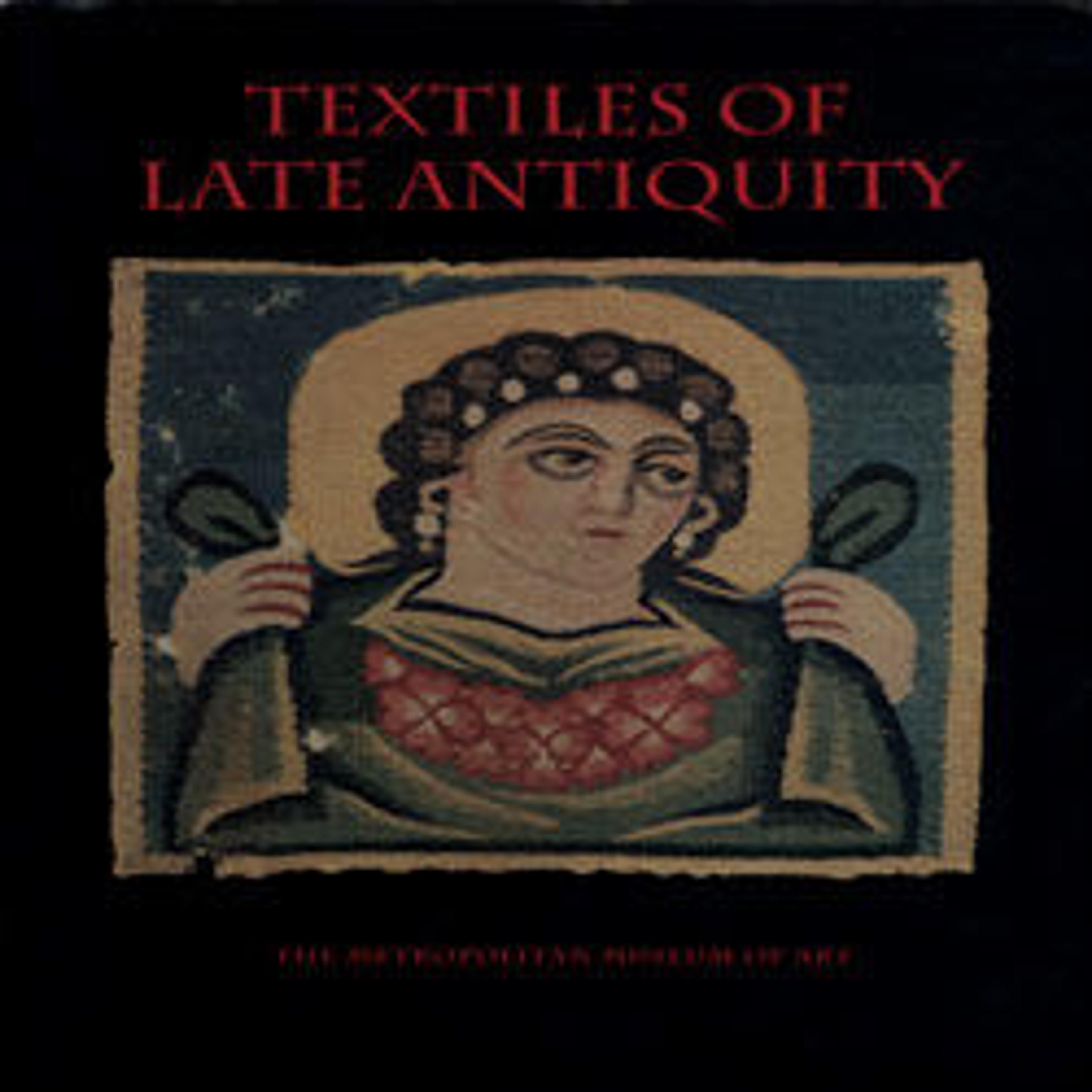Fragment of a Cover or Blanket with Interlace Roundel and Stripes
This fragment has three ornamental inserts--a roundel containing a complex interlace pattern and two narrow horizontal bands. Surviving fringe and selvage indicate that the fragment formed the end corner of a large piece that would have had other roundels in the field and stripes at the other end. The weft-loop pile provided added warmth to these domestic textiles.
Artwork Details
- Title:Fragment of a Cover or Blanket with Interlace Roundel and Stripes
- Date:3rd–5th century
- Geography:Attributed to Egypt
- Medium:Linen, wool
- Dimensions:Max. H. 34 1/2 in. (87.5 cm)
Max. W. 38 1/4 in. (97 cm) - Classification:Textiles
- Credit Line:Gift of George F. Baker, 1890
- Object Number:90.5.899
- Curatorial Department: Islamic Art
More Artwork
Research Resources
The Met provides unparalleled resources for research and welcomes an international community of students and scholars. The Met's Open Access API is where creators and researchers can connect to the The Met collection. Open Access data and public domain images are available for unrestricted commercial and noncommercial use without permission or fee.
To request images under copyright and other restrictions, please use this Image Request form.
Feedback
We continue to research and examine historical and cultural context for objects in The Met collection. If you have comments or questions about this object record, please contact us using the form below. The Museum looks forward to receiving your comments.
